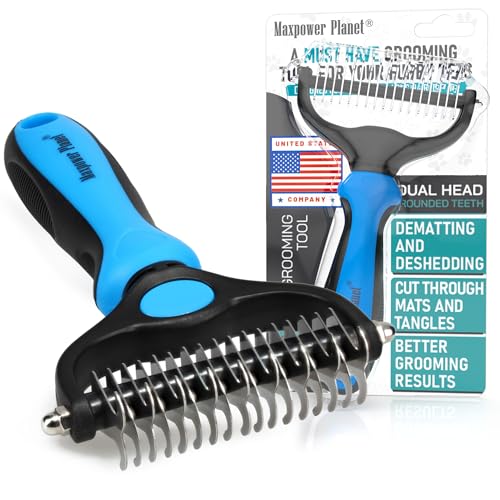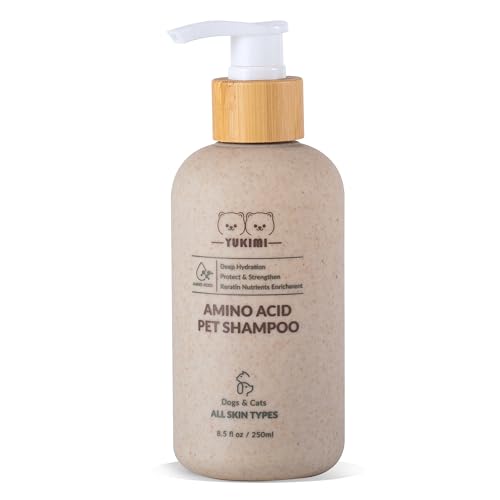One of the most important things to consider when trimming your cat's claws is the proper holding position. This will not only ensure your safety and the safety of your furry friend, but also make the process much easier and less stressful for both of you.
To start, it's best to have your cat in a calm and relaxed state before attempting to trim their claws. This can be achieved by gently petting and soothing them, or giving them treats to distract them. Once they are comfortable, hold your cat securely with one hand while using the other hand to trim their claws.
When holding your cat, it's important to support their entire body and keep a firm grip to prevent them from squirming or escaping. Make sure to place one hand under their chest to support their front legs, while using the other hand to hold their paw and trim the claws. This will give you better control and prevent any sudden movements that could cause injury.
Remember to always be patient and gentle when trimming your cat's claws. If your cat becomes agitated or starts struggling, take a break and try again later. It's better to be safe than sorry, so always prioritize your cat's comfort and well-being during the trimming process.
Choosing the Right Size Clippers for Cats
When it comes to trimming your cat's claws, choosing the right size clippers is essential. Using clippers that are too small can be uncomfortable for your cat, while clippers that are too large may make it difficult to get a precise cut. To ensure a smooth and safe nail trimming experience, it's important to select clippers that are the right size for your furry friend.
When shopping for cat nail clippers, look for ones that are specifically designed for feline claws. These clippers are typically smaller and have sharper blades, making it easier to trim your cat's nails with precision. Avoid using human nail clippers or scissors, as these are not designed for pet nails and can cause painful and uneven cuts.
To determine the right size clippers for your cat, consider the size of their claws. If your cat has smaller or more delicate claws, opt for smaller clippers that can provide a precise and gentle trim. For cats with larger or thicker claws, choose clippers that are slightly larger and more durable to ensure a clean cut without crushing the nail. Ultimately, the right size clippers will make the nail trimming process easier and more comfortable for both you and your cat.
Step-by-Step Guide for Safe Claw Trimming
Clipping your cat's claws can be a nerve-wracking experience for both you and your feline friend. However, with the right tools and techniques, you can make the process safe and stress-free for everyone involved. Follow this step-by-step guide to ensure a successful claw-trimming session.
Step 1: Gather Your Supplies
Before you begin, gather all the necessary supplies, including cat nail clippers, a towel, and styptic powder in case you accidentally cut the quick (the pink part inside the claw that contains blood vessels).
Step 2: Prepare Your Cat
Choose a quiet and calm area for the trimming session. If your cat is anxious, gently wrap them in a towel to help them feel secure. Talk to your cat in a soothing voice to help keep them relaxed.
Step 3: Trim the Claws
Hold your cat's paw and gently press on the pad to extend the claws. Trim only the sharp tips of the claws, being careful to avoid the quick. If you're unsure where the quick is, take small cuts and examine the claw after each one.
Dealing with Accidental Nail Cuts in Cats
Accidental nail cuts can happen, even when you are being as careful as possible during a cat's claw trimming session. While it is common for cats to squirm or wriggle during nail clipping, it is important to remain calm if a cut occurs. The first thing to do is to apply gentle pressure to the affected area to stop any bleeding. You can use a clean cloth or gauze pad to help control the bleeding. If the cut is minor, it should stop bleeding on its own within a few minutes.
If the nail cut is more severe and continues to bleed, it is important to seek veterinary care. In some cases, the nail may need to be trimmed further to remove any damaged tissue. Your veterinarian may also recommend using a styptic powder to help stop the bleeding. If your cat seems to be in pain or discomfort, it may be helpful to give them a treat or distract them with a toy during the nail trimming process.
To prevent accidental nail cuts in the future, be sure to always use sharp, high-quality nail clippers specifically designed for cats. Additionally, trimming your cat's nails regularly can help keep them from getting too long and causing accidental cuts. It is also important to be gentle and patient during the nail clipping process, as cats can be sensitive about their paws being handled. By following these safety tips and being prepared for any accidents, you can help make nail clipping a stress-free experience for both you and your feline friend.
*Articles on Cat Palace are for information purposes only. Consult with your veterinarian in all circumstances concerning the health and wel-being of your cat.




